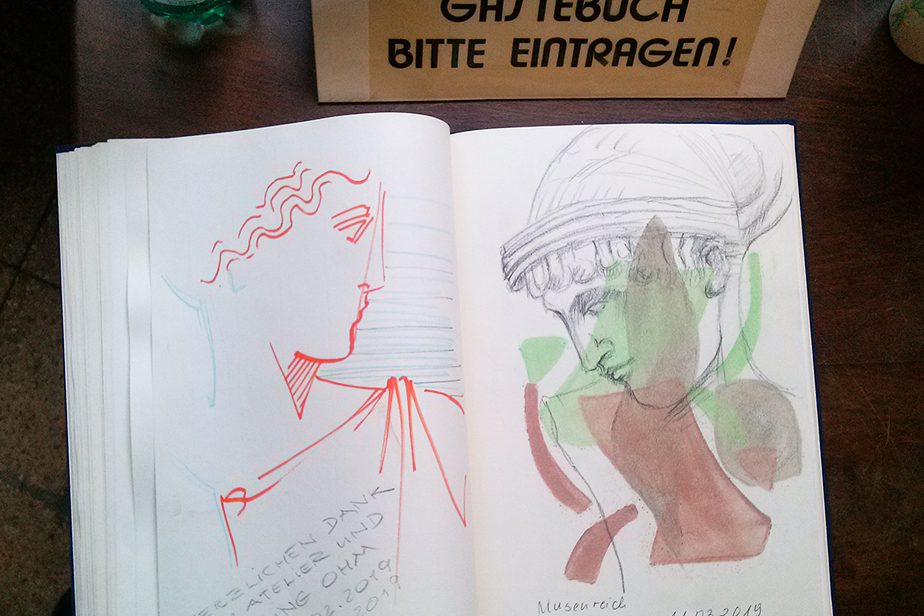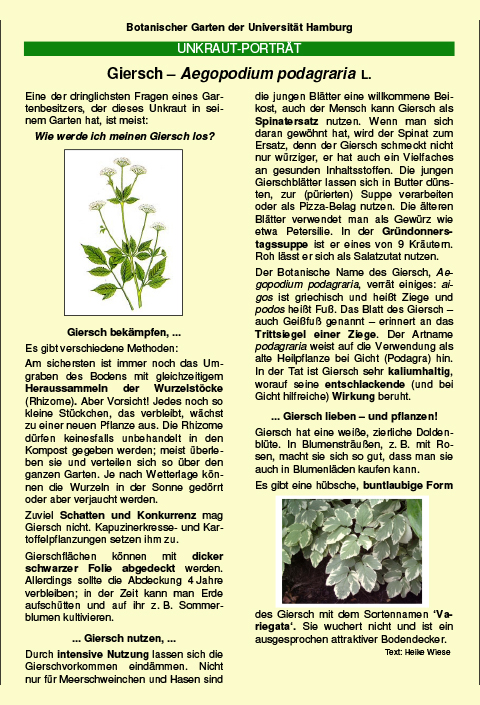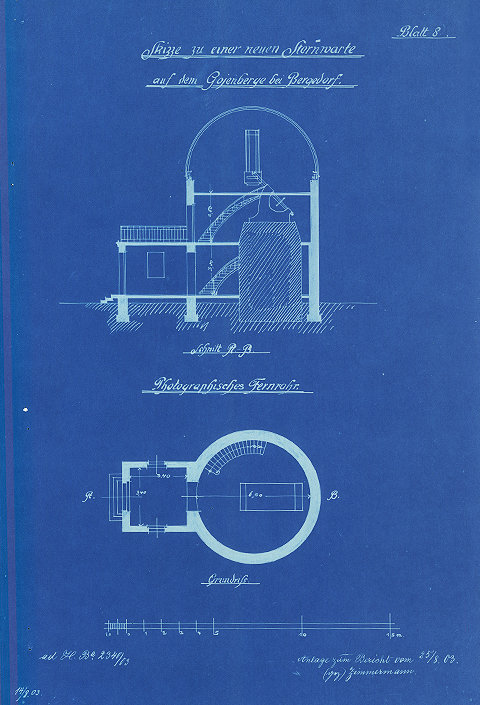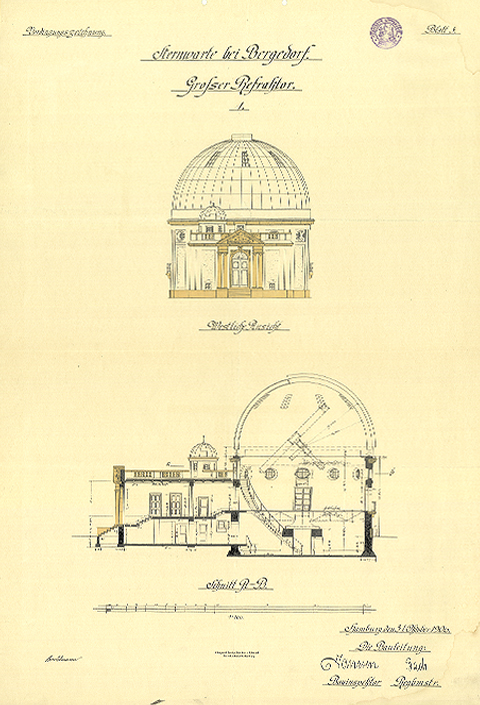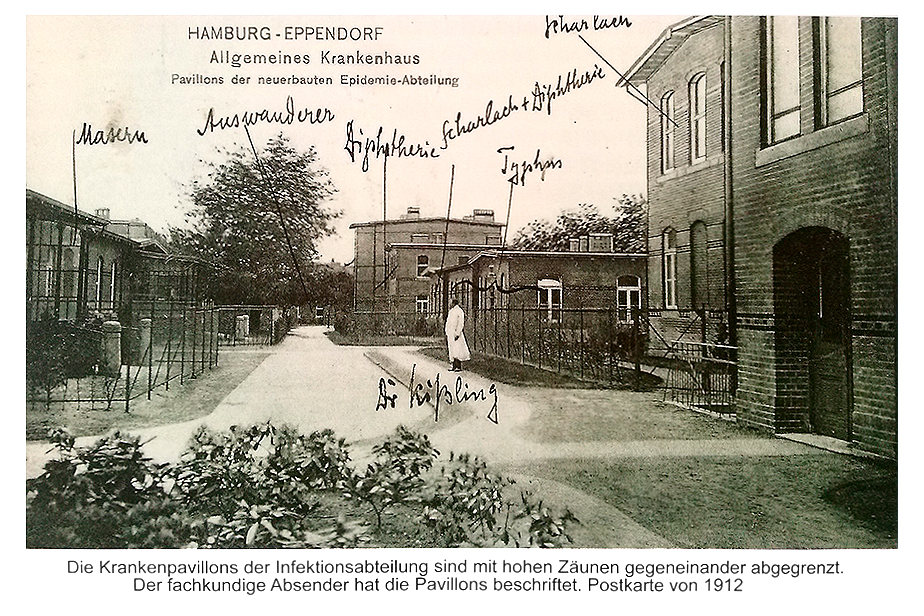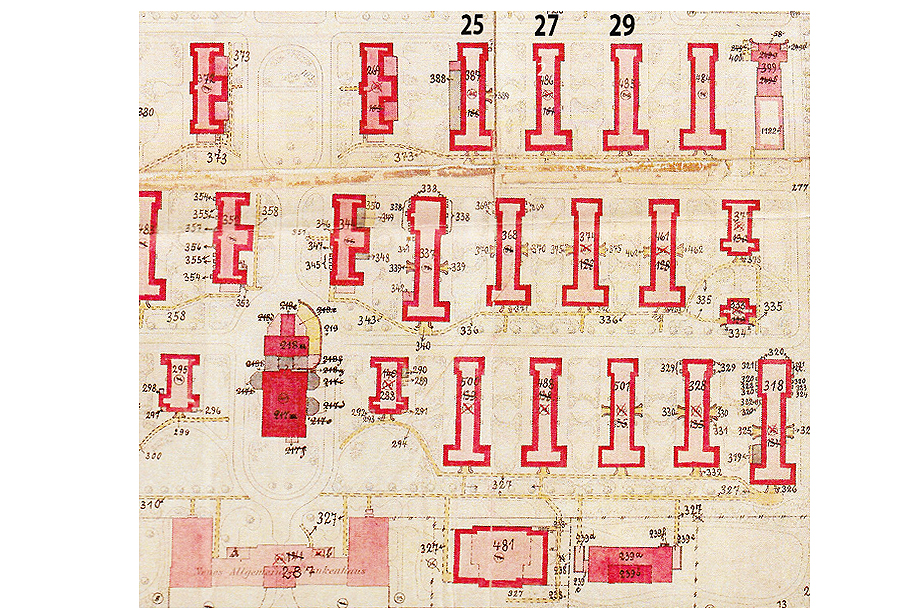Anchored
Anchored in the City
If you are out and about in Hamburg, you will invariably encounter its University.
In addition to the 5 campuses, there are numerous individual locations for research, teaching, and learning. More than 60,000 University members fill the roughly 160 buildings with life. Some of these buildings are hidden from view, others are impossible to overlook, some are older than the University itself, and still others are just now being built. The University uses some buildings temporarily and it has used some since its founding.
Although entry to high-security labs is strictly regulated, all of the University’s museums are open to the public. The University’s activities are not restricted to its offices, lecture halls, classrooms, and student cafés— some are even open air!
Why does the building at Allende-Platz 2 have so many windows?
To use the former bunker as a universitybuilding, about 100 openings were blowninto the facade in 1950. The large number was a result of the British occupation forces’ regulations on de-fortifying bunker complexes. The Zoological Institute was the first to move in. Today the Institute of Soil Science resides behind the thick walls. The team from Building Services Headquarters also starts out on their service calls from here. The City of Hamburg erected the bunker in 1940, more or less in the same spot as the Bornplatz Synagogue, which had been deliberately destroyed.

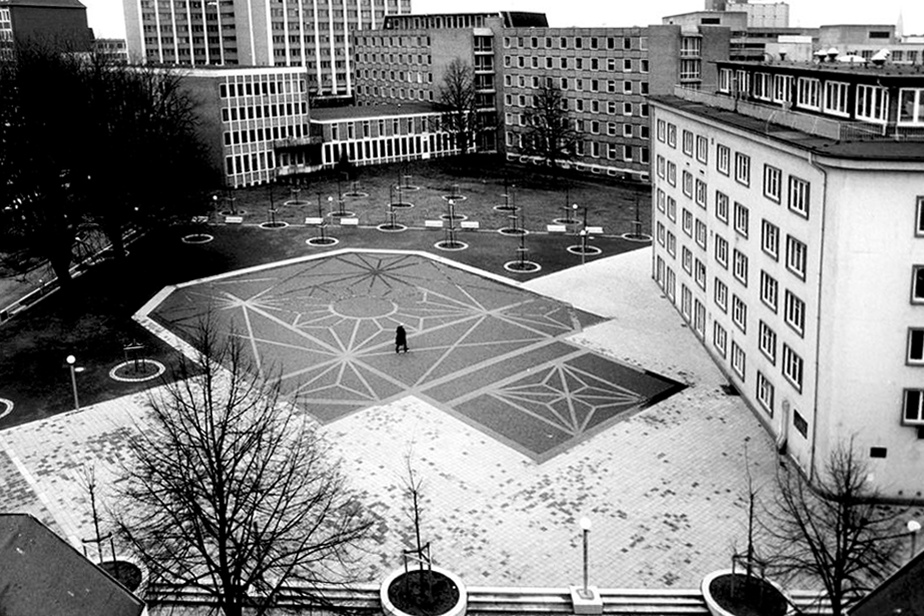
Dangerous game
Earth is home to an estimated 8 to 9 million species, but researchers have only classified a fraction of them. The animal world is a network of vital relationships. The loss of any species is thus like a game of Russian roulette, as the consequences are unpredictable. You can learn more about biodiversity at the University’s Zoological Museum in the Center of Natural History. The exhibition and a broad array of events offer many opportunities to learn about biodiversity and how it is endangered.
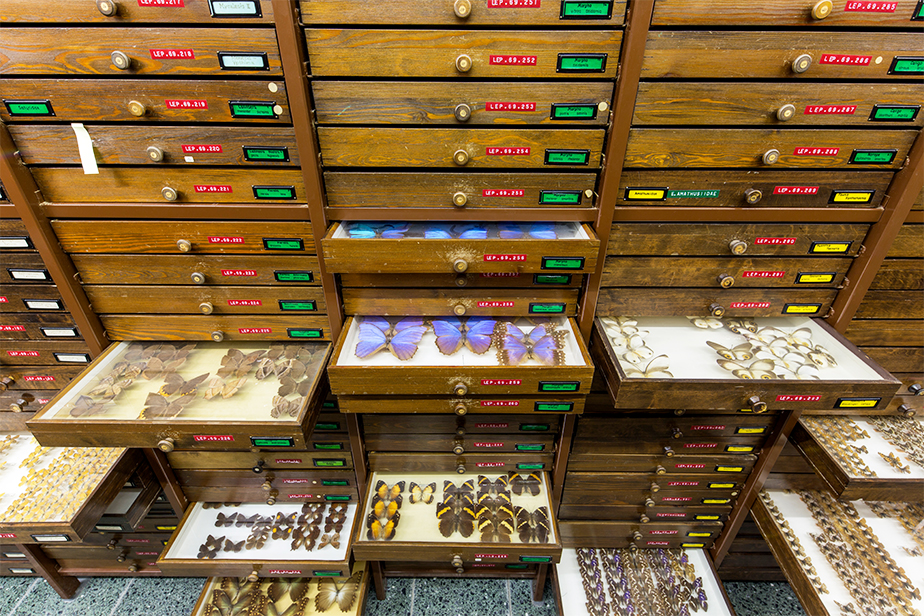
A house for earth
The ideal house offers protection and space for communal living. What is necessary for the Earth to remain such a place? What effects does climate change have on our lives and our coexistence? Researchers and students will explore questions like these in a new, modern building on Bundesstraße. The University’s Department of Earth Sciences, the interdisciplinary Climate, Earth and Environment cluster of excellence, and the Center for Earth System Research and Sustainability are expected work together here under one roof starting at the end of 2020.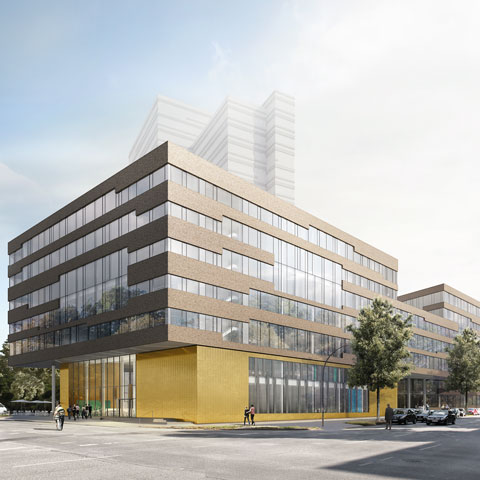
Antiquity in the bakery
Here is a larger-than-life caryatid in her pleated gown, there the upper body of a sphinx stretches into the room. These and many other ancient figures await interrogation by archaeology students and researchers in their temporary domicile, a former bakery. Plaster casts make it possible to study ancient sculptures far from their actual locations and studying them in 3D, rather than from photographs, yields different results. Artists also like to use this special space to practice drawing.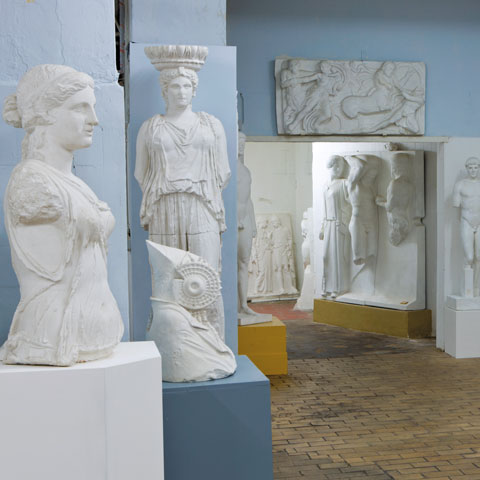
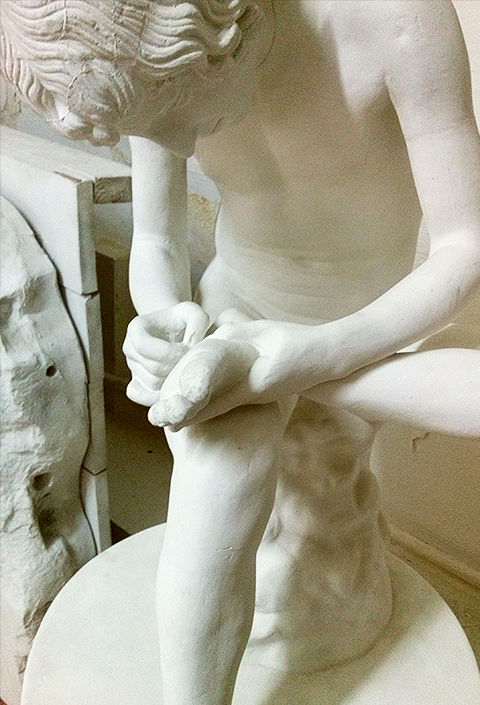
Betting on the right horse
In 1928 the Senate of the City of Hamburg bought the building that once belonged to Europe’s largest manufacturer of luxury carriages and remodeled it for the University. Students and teaching staff in the social sciences now work where more than 200 horses were once stalled on 2 floors. The building also houses the University wood-working shop, printers, a café, and the Unikontor information center and shop. In the early years, the German scholar Agathe Lasch, the psychologist William Stern, and the philosopher Ernst Cassirer worked and taught in the Pferdestall—though they had to make do without the delicious coffee from the Ponybar.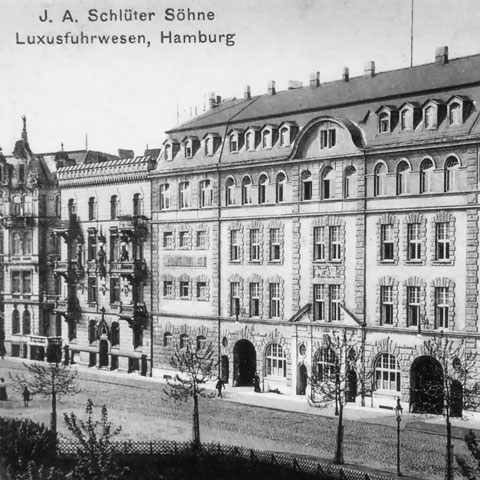
Game, set, match
You can still practice your serve at the University, but the 7 tennis courts on the grounds of the University’s Sportpark are a thing of the past. Today the Sportpark consists of 4 gymnasiums, a fitness center, and a large playing field with a track around it.
It is used by University Sports and the Institute of Human Movement Science. Students study here to become coaches, sports instructors, and sports management specialists.
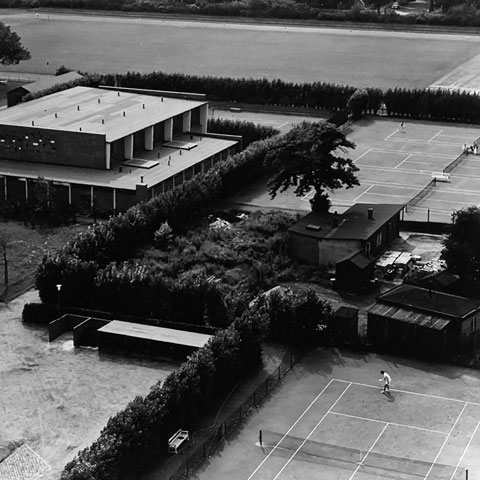
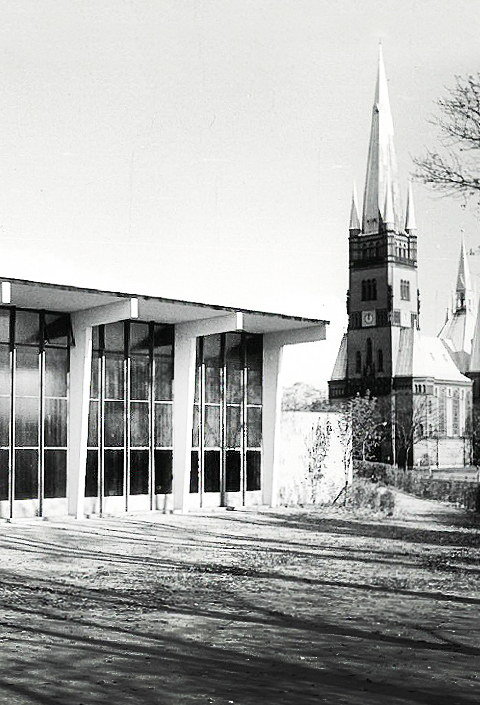
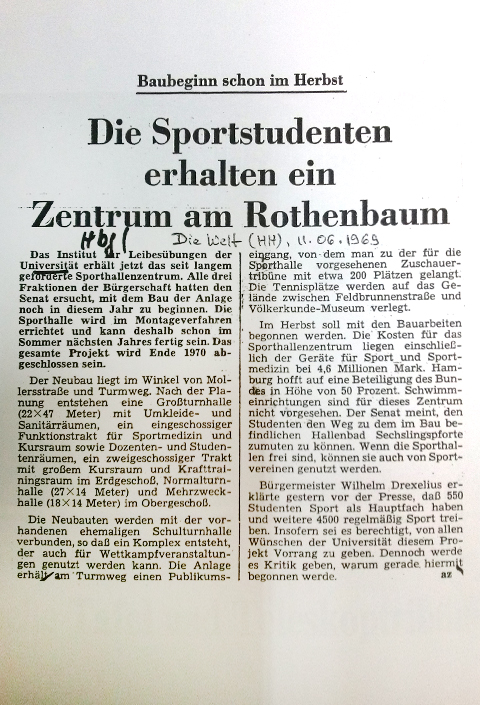
Temporary housing
The former Shell headquarters in the City Nord rises 12 stories into the air. The University has used 7 floors of this building since 2017 while the Philosophenturm on the Von-Melle campus is being renovated. Researching, teaching, and studying the humanities in an office complex has ist peculiarities, such as the security gate at the entrance and the unusually long trips between City Nord and the main campus. The Üterus does its best to conjure up some campus feeling, with space for student life between sofas, a bar, and a foosball table.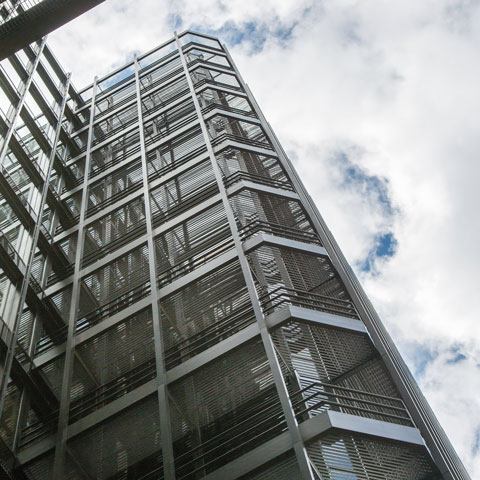
In the catacombs of the museum of medical history
The tiled tunnel runs like a secret passageway from the museum, formerly the pathology institute, under the medical campus. It originally connected the new pathology building with the old one, where there was a chapel until 1943. This is how bodies were transported when family members came to say their last farewells. The pathology institute’s morgue had an ingenious cooling system, the heart of which was an ice machine. The more than 1-meter-long rods of ice were placed under the autopsy tables. The historical mortuary is open for viewing on special occasions.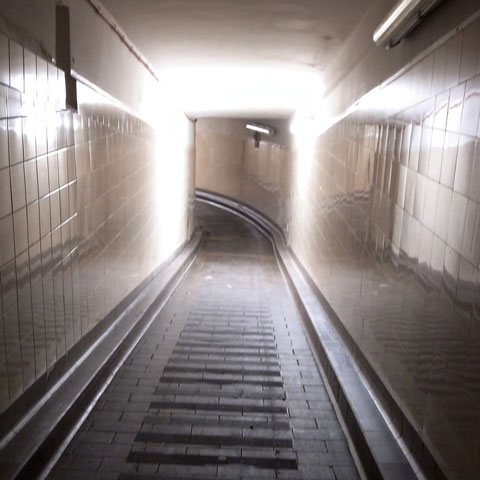
Refuge on Rothenbaumchaussee
The best way to the garden is through one of the sunrooms, which still boast the original tiled walls. There and on 4 floors, the former apartment building for those with “discriminating tastes” offers international visiting researchers at the University a place to work and enjoy relaxed conversation with colleagues. In addition to the 50 small apartments and the International Lodge’s common rooms, the Salomon Birnbaum Library for Yiddish Language and Literature and the (Post-)Colonial Legacy of Hamburg / Hamburg and Early Globalization research center are located here, filling the building with life.
The urban dweller’s bucolic fantasy
This garden—an idyllic, symmetrical landscape of herbs, fruit, vegetables, and boxwood hedges—is designed to reflect traditional rusticity. It is a stereotype, however, that bears little resemblance to reality. The idea took root among the bourgeoisie in the wake of increasing industrialization at the dawn of the 20th century. In 1913, the Hamburg Botanical Garden, which has been a part of the University since its founding, was the first to create this kind of idealized cottage garden. Today the garden in Klein Flottbek still entices visitors to enjoy a leisurely stroll and admire nature’s diversity.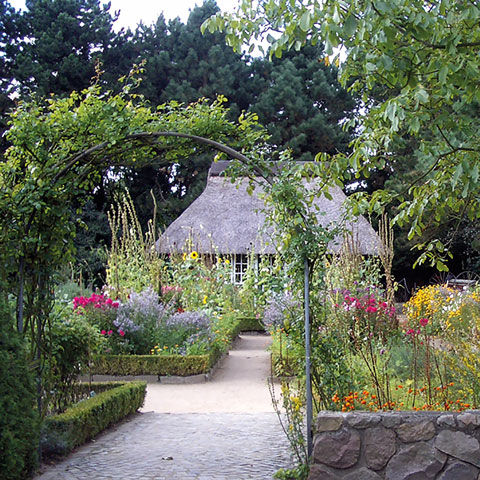
A journey to the interior of matter
If you are interested in the tiniest particles and the ultrafast processes in which they play a role, you are in the right place. And in 2020, this will become an entire new city district—Science City Bahrenfeld—replete with places to live, research, and relax. The physics institutes and the University’s clusters of excellence are already working fruitfully together and with other scientific institutions such as DESY and its underground particle accelerators. The next generation of scientists is also welcome to attend the University’s school lab Light & Schools.
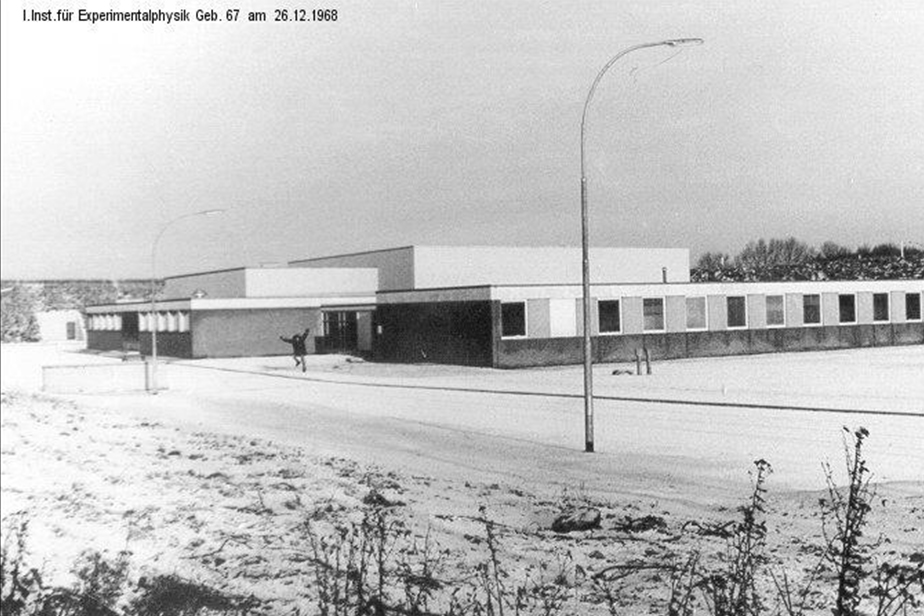
Base.Camp to coffee machine
A homemade mini computer will soon be responsible for communication with the life-sustaining coffee machine in the creative lab of the Department of Informatics. Beyond this basic measure, students in the Department are writing apps to investigate racist speech or teach you about the animal that went into your sausage. A scientific team helps the enterprising programmers realize their ideas. It helps them network among each other and with other researchers, including those outside their own disciplines and the University.
Hamburg Ahoi!
For over 50 years, students have been able to learn how to sail at Universität Hamburg. Courses offer roughly 1,000 participants a chance to gain their first experience on board or hone their sailing skills. The pilothouse is located on Isekai, just a short bike ride from the pier and its boat houses. Both the pilothouse and pier on the banks of the Außenalster belong to the University and provide all University members with an extraordinary free-time opportunity. Students of human movement can take courses close to town.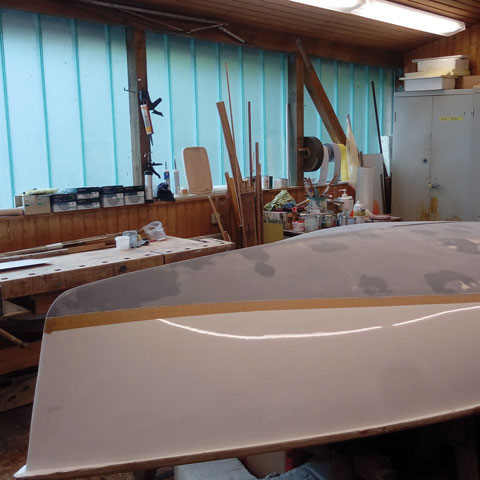

Moonstruck in Bergedorf
Astrophysicists who worked at the Hamburg Observatory at the beginning of the 20th century usually also lived here. Nighttime observation required short distances between bedroom and telescope, so life and work were closely connected, at least in terms of space. Researchers continue to work here today.
The compelling landscape with its Baroque Revival domed buildings is not simply one of the three locations maintained by the Department of Physics; it is also a rewarding destination for anyone interested in architecture, culture, and the history of science.
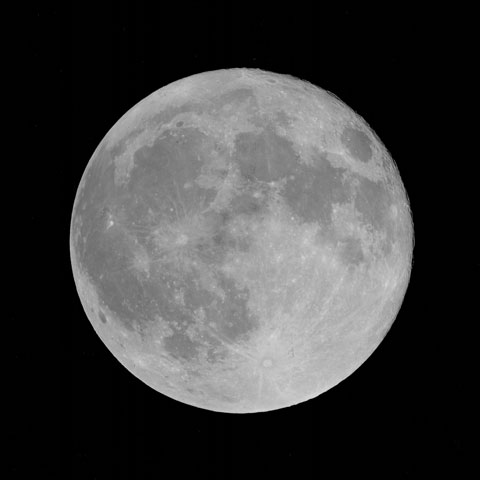
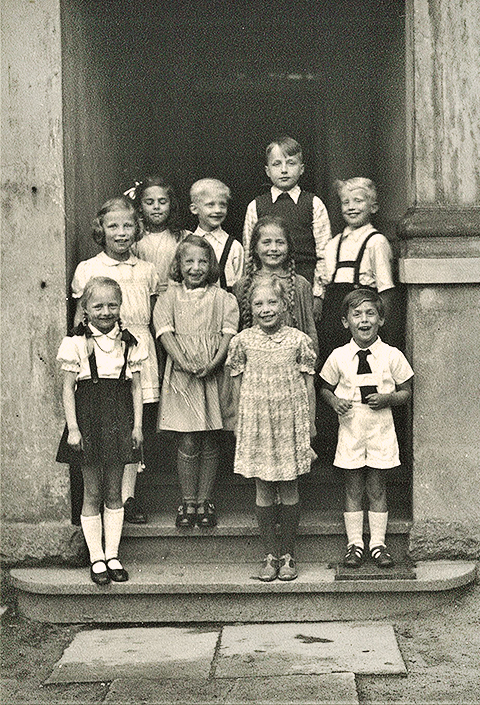
An Evolving Hospital
The present-day University Medical Center Hamburg-Eppendorf (UKE) has been in existence since 1889. It has officially been part of the University since 1934. Even then the “New General Hospital,” located at what was then the city outskirts, could boast the most modern standards: 55 pavilions in the middle of a green park housed patients according to their illnesses. Today the UKE prides itself on short, safe distances between buildings and interdisciplinary treatment under a single roof. The UKE is also deeply involved in medical research and the education and training of over 3,000 medical and dentistry students.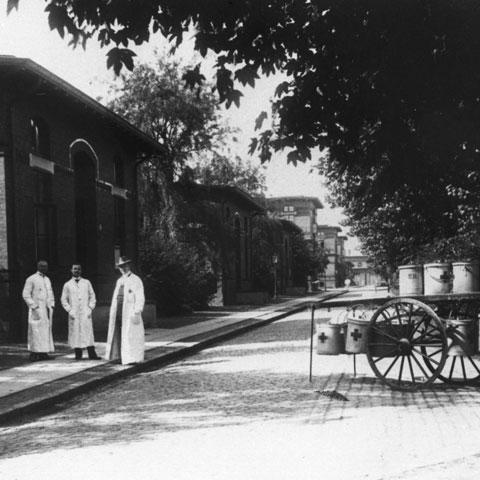
The unexpected sounds of an organ
In a sea of office buildings, the institutes for musicology offer an oasis of music. The large lecture hall houses an impressive and rare original organ from the Romantic era. Built by the Ludwigsburg firm E. F. Walcker in 1895, the organ has been in the possession of the musicology department since 1971. It can still be heard in concerts or when researchers and students pull out the stops. The building is also home to the Musicology Library, which houses a collection of scores and sound storage media. University Music ensembles also practice here weekly.
